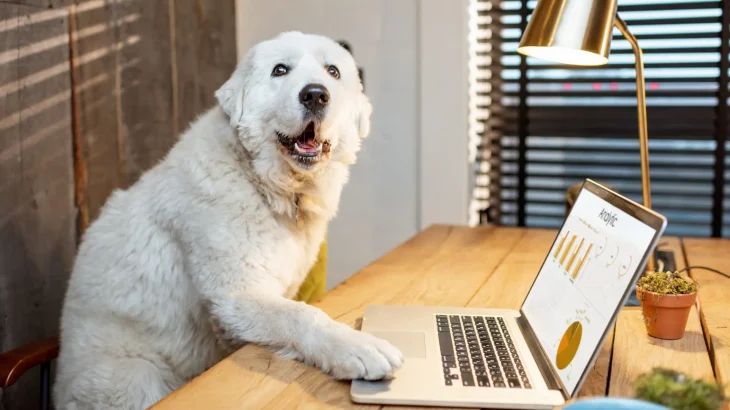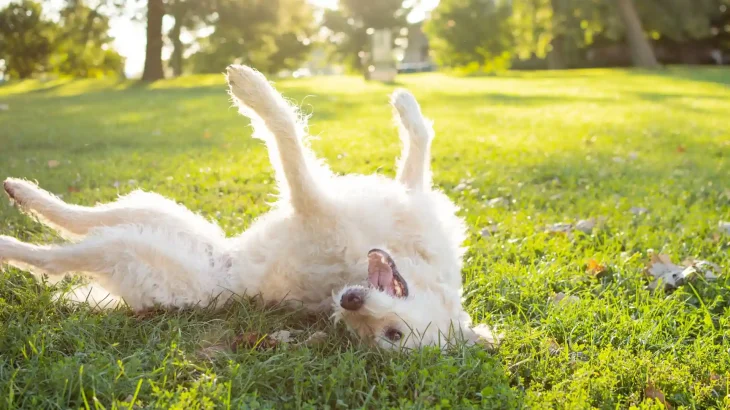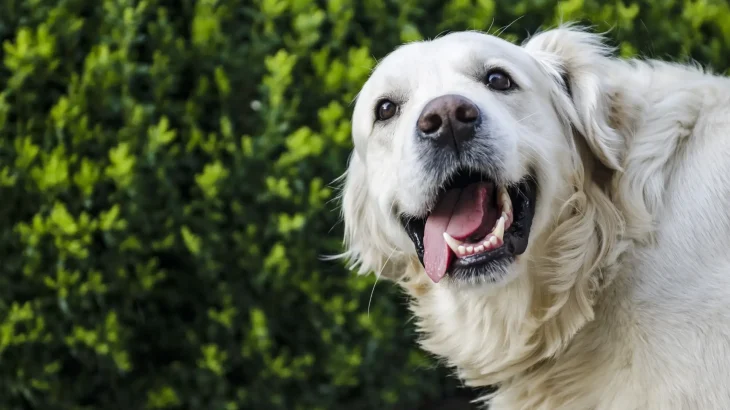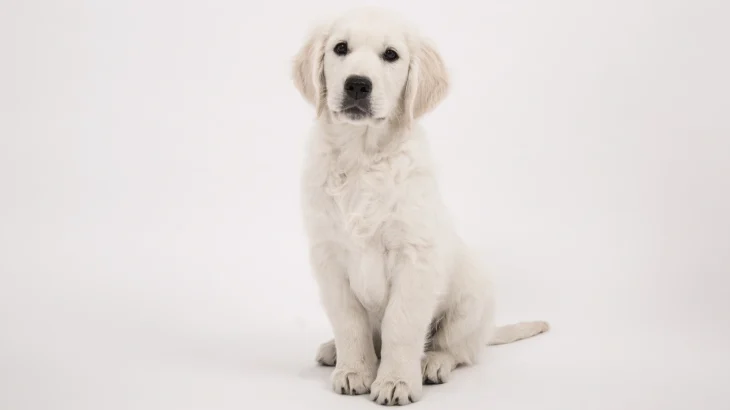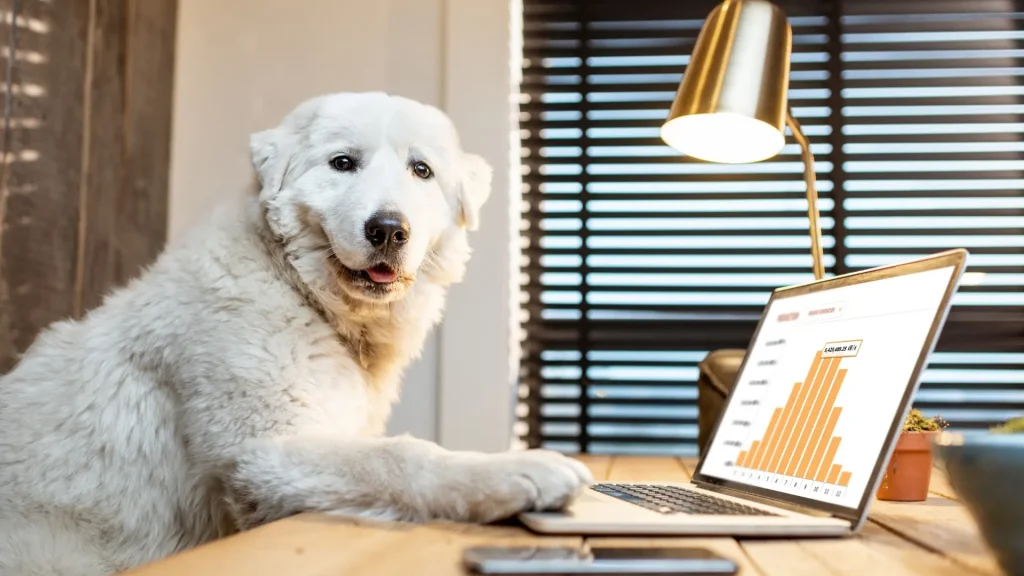Deciding whether to buy or adopt an Akbash puppy depends largely on what you value most in the process. Purchasing from a breeder usually offers more assurance about the puppy's background and lineage, while adoption provides a chance to give a home to a dog who may otherwise struggle to find one. Both options carry unique benefits and considerations specific to this breed.
Adoption vs. Breeder: Pros & Cons
| Criteria | Buying from Breeder | Adopting from Shelter/Rescue |
|---|---|---|
| Cost | Higher upfront cost due to breed rarity and pedigree. | Typically lower fees, making it more affordable. |
| Health History | Often includes health screenings and genetic tests. | Health history may be incomplete; vet checks needed. |
| Age Availability | Mostly puppies, allowing early training. | Wide age range, including adults and seniors. |
| Temperament Insight | Breeders share lineage temperament and socialization info. | Behavior assessments available, but history may vary. |
| Supporting Practices | Supports ethical breeding when chosen carefully. | Helps reduce shelter overcrowding, rescues dogs. |
| Ethical Considerations | Risk of supporting puppy mills if breeder unreliable. | Prevents euthanasia and promotes animal welfare. |


